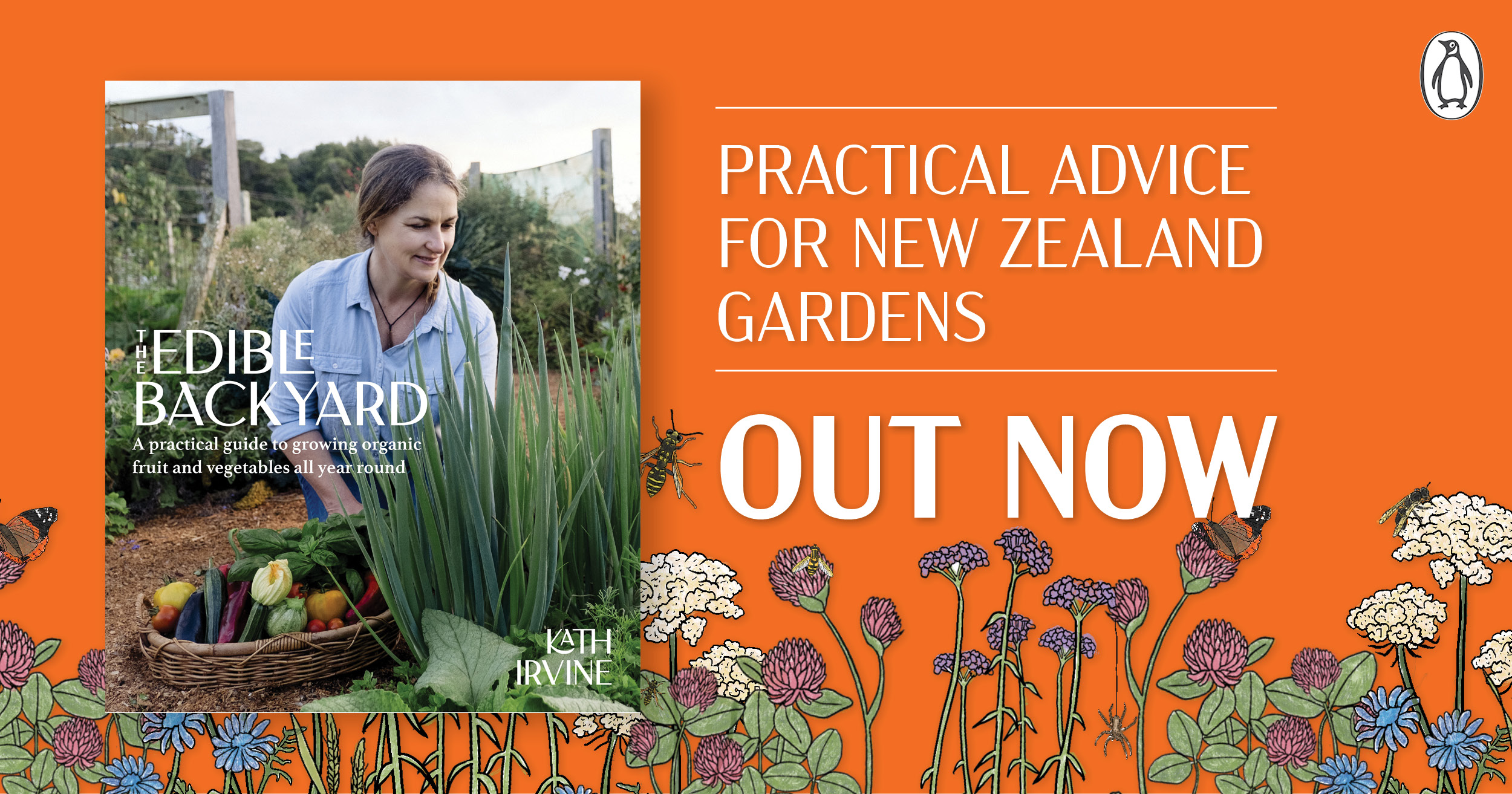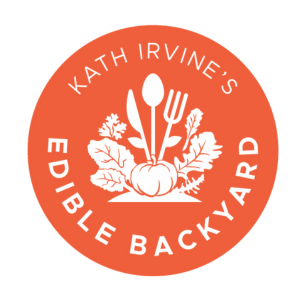February Fruit Tree To Do List

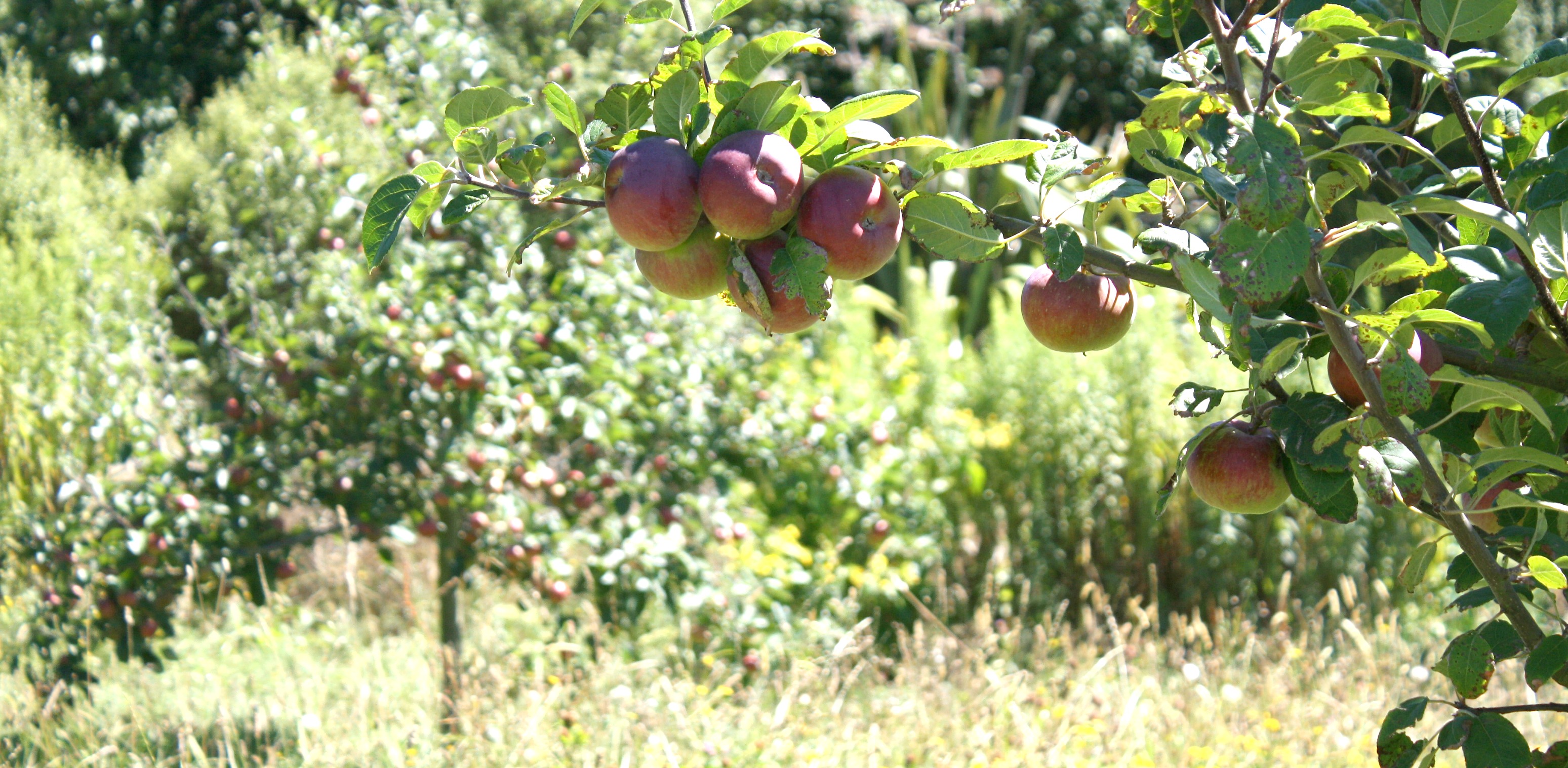
Fruit trees are peaking! I hope the grass and herbal ley are thigh high and you're revelling in surround sound fruit - late plums, pears, apples and oh so peachy. A sight for sore eyes!
As stone fruit are harvested, summer prune them. They're best pruned now, rather than winter because silver-leaf spores aren't on the wing, and best of all pruning now slows next season's growth down, helping reduce those enthusiastic shoots.
Brown Rot
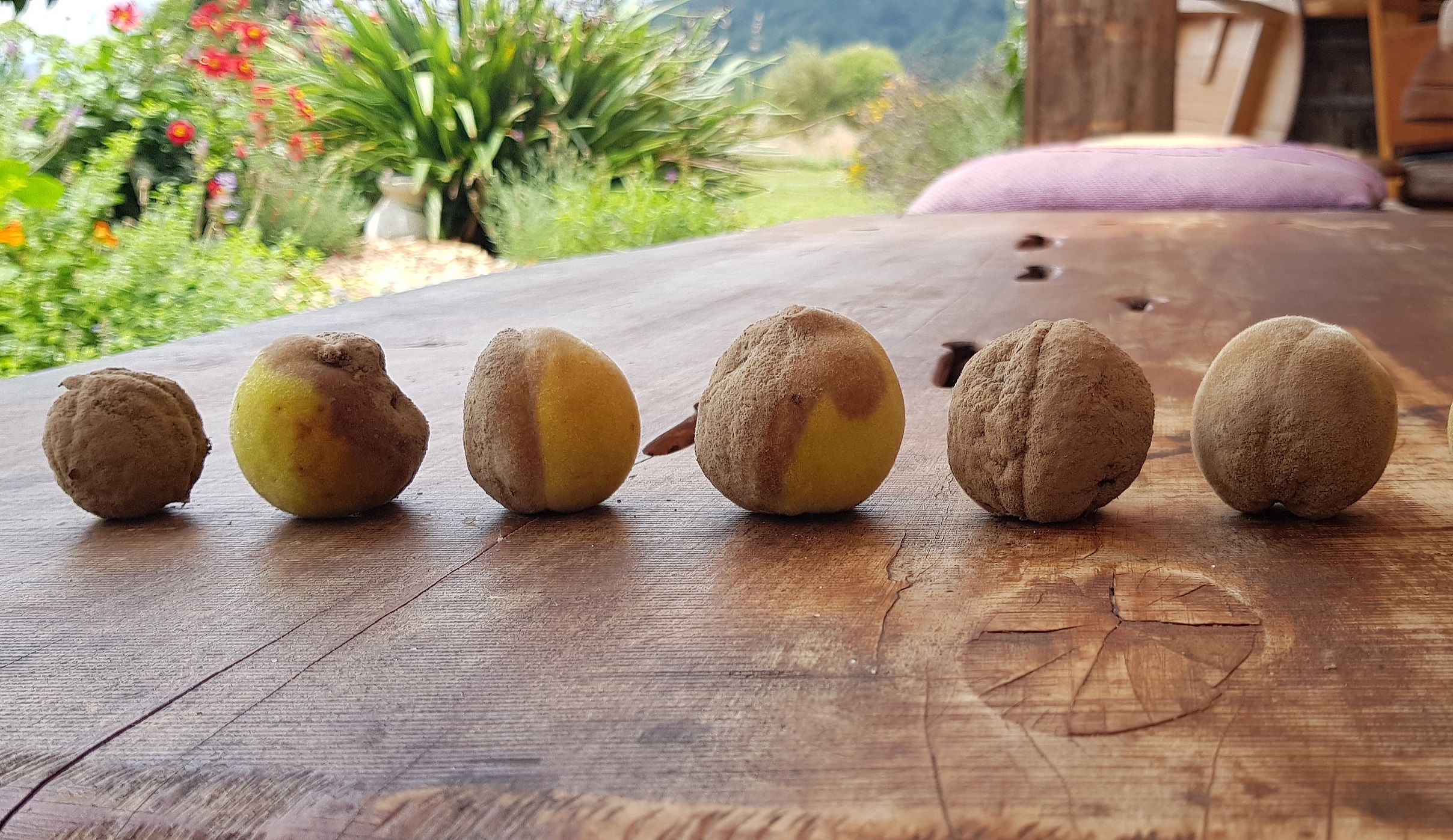
The dwarf peaches "Kotare Honey" are fruiting their little hearts out, as always, but sadly - also exploding with brown rot. It's a bit mean, the way brown rot shows up right before harvest, but its the way of it.
It actually starts back in spring - as most of our fungal friends do. You may find dried flowers as a result - nip them out! The spores hold out for humidity and then - boom - such a fast, efficient fungi, the fruits go from one rot spot to entirely covered in fuzz, in a matter of days.
Don't take fungi personally. The environment is ripe for it, that's all. There's nothing to do now, but gather the rotten fruits - or better yet get your chooks beneath to clean them up.
- Keep on with building your strong garden system.
- Consider applying a biofungicide next spring to boost the right biology.
- Summer prune, using mostly thinning cuts
- Get creative! Matt and I often talked about a giant, funky umbrella, that we could pop up, over the peaches in spring when the fungi start setting up shop. They're dwarf trees, so do-able.
Harvest Pears
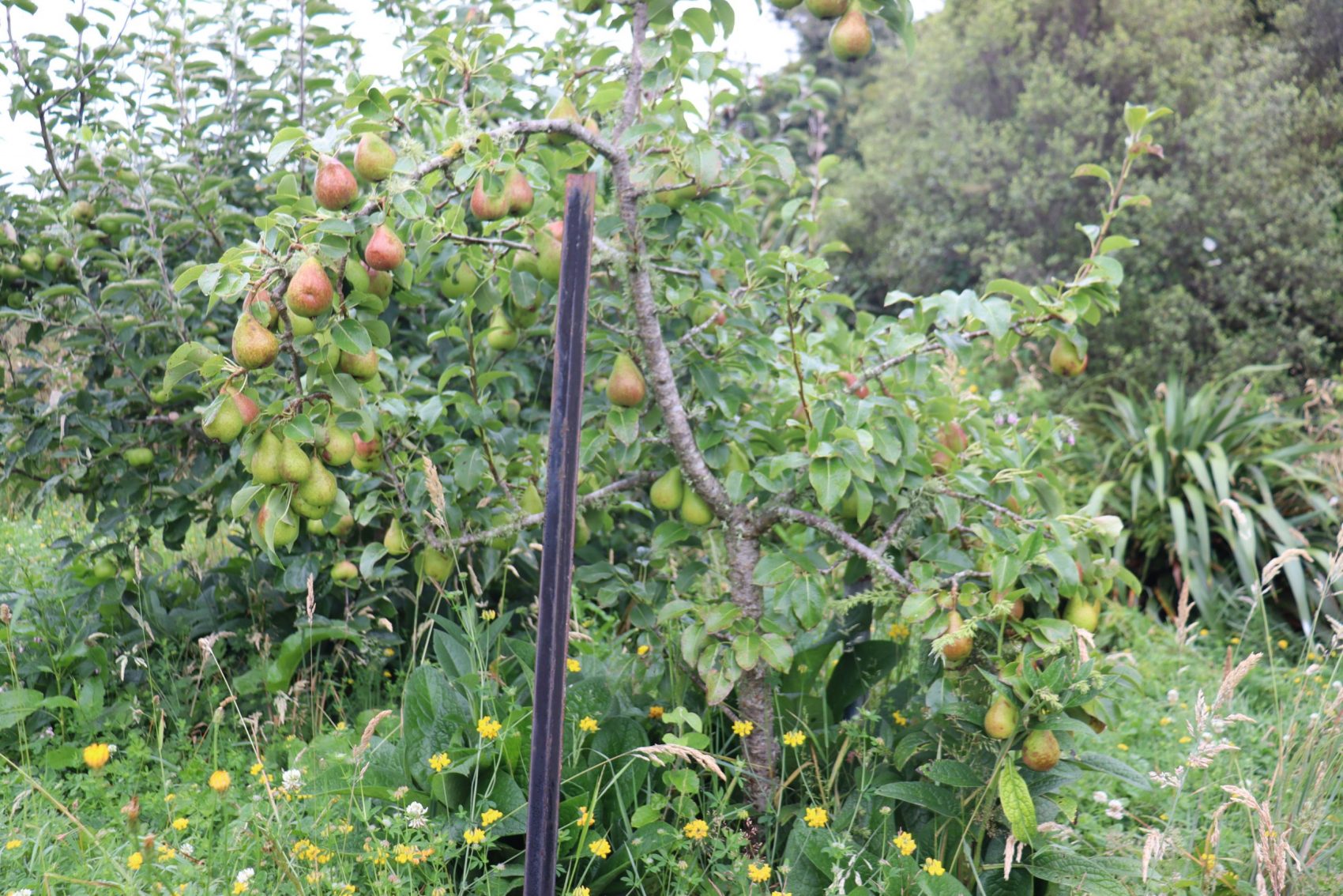
Pears are the trickiest fruit to get right because they ripen from the inside out. The exceptions are, Seckel(or honey pear), nashi pears and summer ones like Belle du Jumet who ripen fully on the tree. The rest need to be picked just before fully ripe, and left at room temperature for about a week to finish off. If left on the tree they go mushy by the core and gritty. Its a bit of trial and error to work it out.
Check the harvest date on your calendar and go to your tree when time draws nigh. Start on the north, sunny side, and find a pear that looks the right colour and right size and lift it to the horizontal. If it comes away easily, its probably ready though a few, like Beurre Bosc, need a tug. Slice one open, and if the pips are brown you are good to harvest.
And if its a Seckel, nashi or summer pear you are harvesting, be sure to bite into to it for the final say so! Leave these ones on until perfectly ripe.
Note all the details on your harvest calendar to help you out next year - like date, colour, undercolour, how easily the fruit came away from the tree and how long they took to ripen once picked.
Other tasks
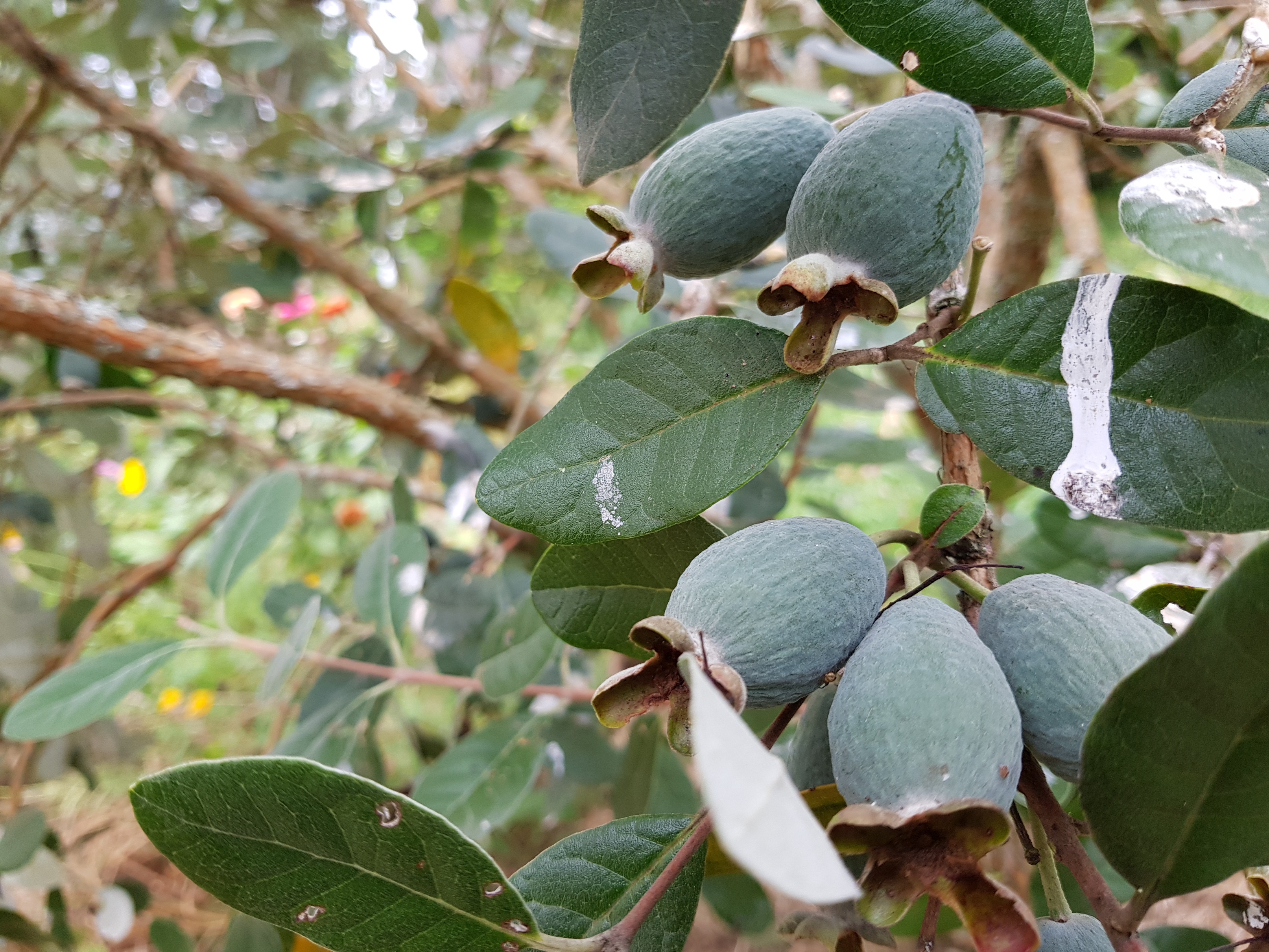
- Citrus, Persimmon and Feijoas are gearing up with fruit. Moisture test the soil beneath - if they dry out now, it'll impact fruit quality.
- Check young trees! So important they are looked after in their first summers. If soils are dry, give them a soak. Check them over for bugs, squashing any you find. Leave the grass/ weeds long around them for protection. A friendly jostle of plants is perfect, however if they're being swamped, peel off the worst offenders.
- Thin Feijoas
- Prune olives to increase light and reduce height. Work around fruit that has set.
